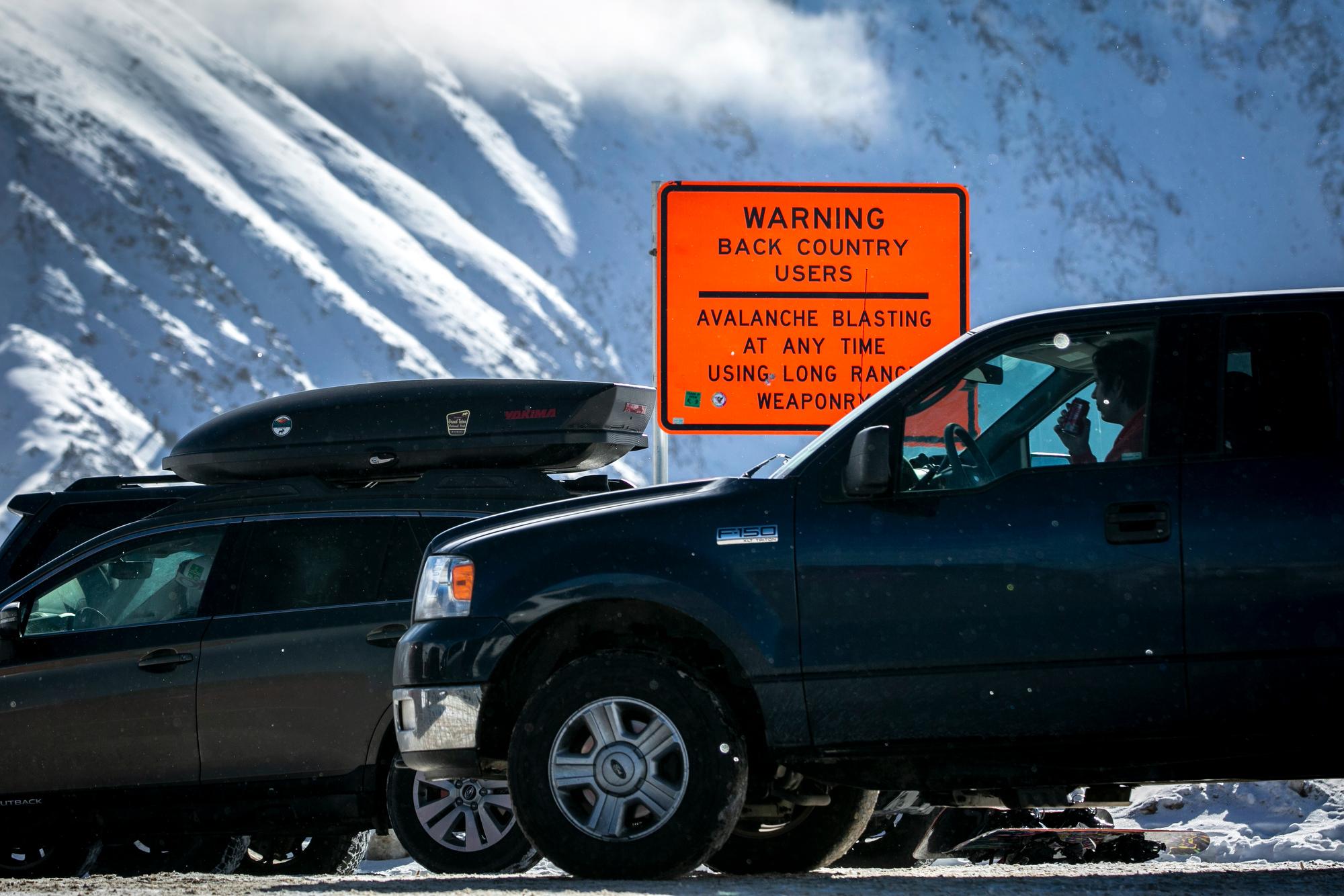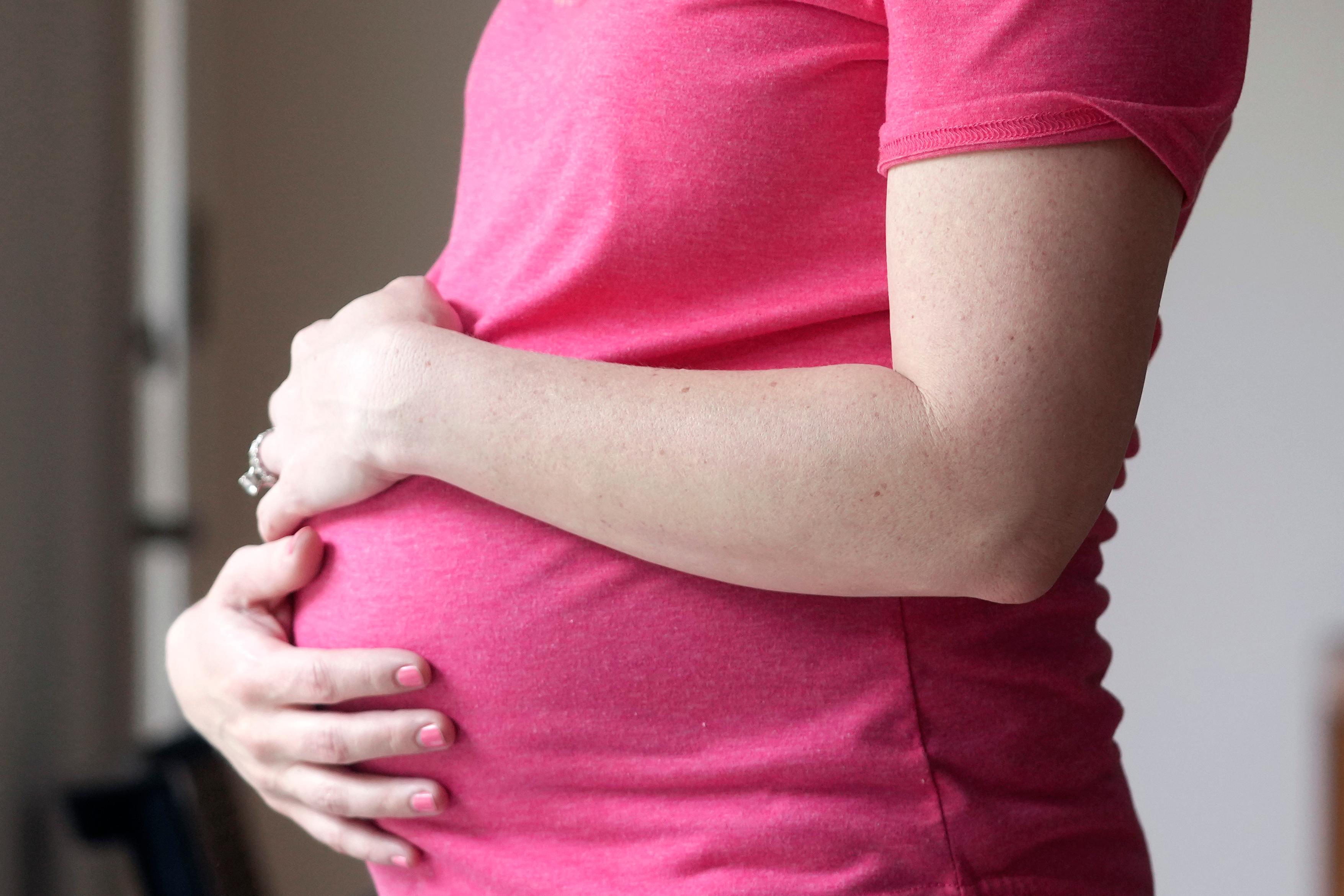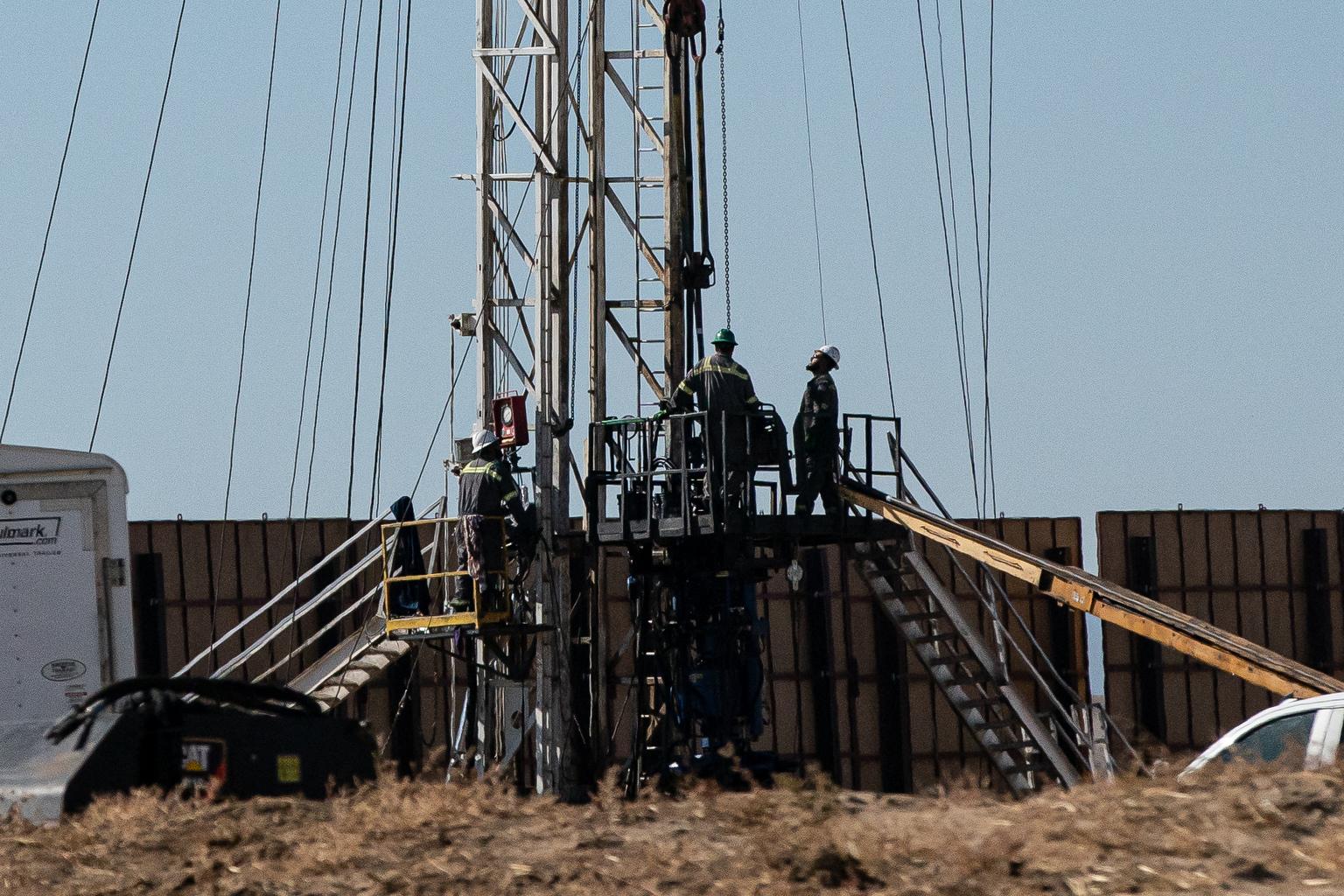
It was a deadly weekend in the mountains. Two people were killed in two separate avalanches, bringing the number of people killed in avalanches in Colorado this season to 10.
The Clear Creek Coroner's office identified one of the victims as 57-year-old David Heide of the Saint Mary’s area. He was snowboarding alone. The other reported death was of a snowmobiler who was caught in an avalanche west of Rollins Pass.
“It’s a horrible reminder, but definitely a reminder, to take avalanche safety seriously in Colorado,” said Dr. Ethan Greene, director of the Colorado Avalanche Information Center.
The avalanche season started with a surge in deaths across the country, but it’s far from over. February and March are historically the deadliest months, Greene said.
“This year is worse than we’ve seen in a while, just in terms of the weakness of the snow and the character of the avalanches that we’re seeing as about a 1 in 10 year,” Greene said. What has helped create this weakness is early snow in October, but then a fairly dry period, and now more snow piling up to create what Greene calls “tricky avalanches.”
“They’re very easy to trigger and break pretty wide and so they have definitely been a problem for people recreating in the Colorado mountains this year,” he said.
The avalanches are leaving a serious impact in their wake. Greene notes many of the people killed this season lived in mountain towns, had significant backcountry experience and are “leaving some pretty big holes in our communities.”
Greene doesn’t want to discourage people from spending time outdoors. “You should go out into the mountains and enjoy the place that we live, but take avalanche safety seriously, and especially this year, it’s something you need to be aware of.”
He recommends checking the avalanche forecast before heading out, avoiding slopes steeper than 30 degrees —including traveling under steep slopes — getting some avalanche training and carrying the right gear: an avalanche rescue transceiver, a probe pole and a shovel.









